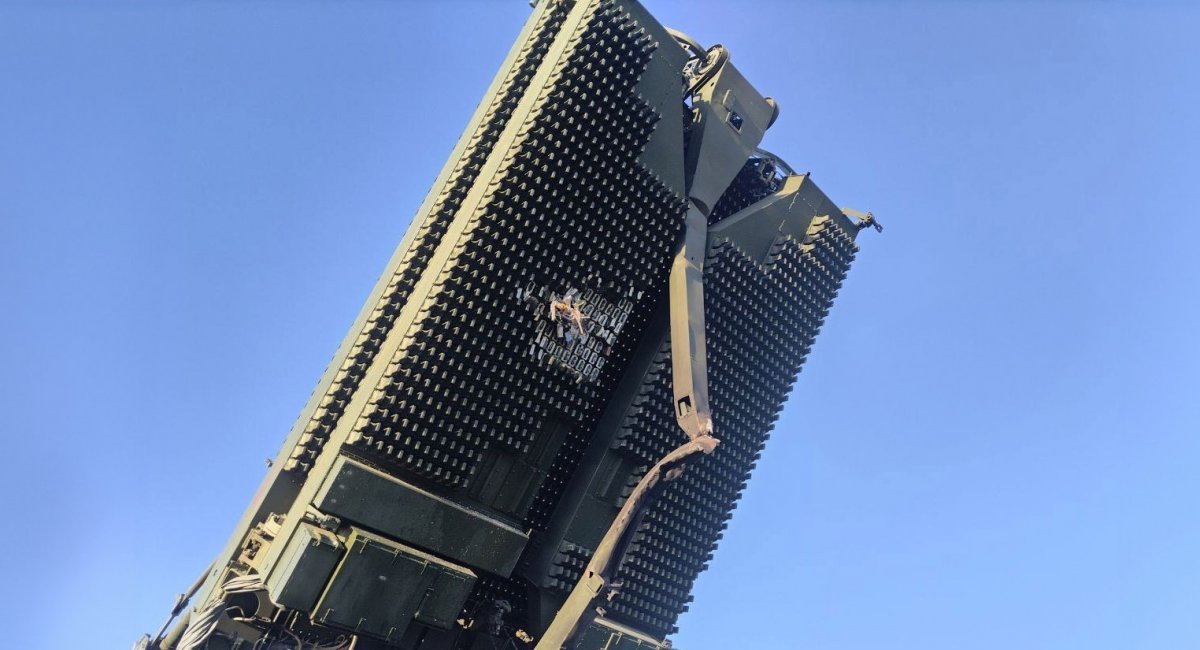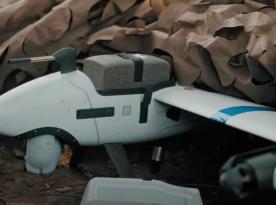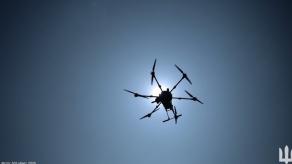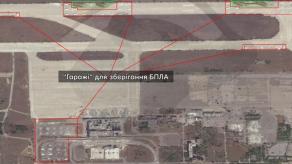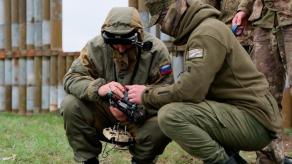While previous evidence of such attacks was typically limited to night-vision footage, newly released daytime images clearly show the aftermath of a successful strike on two radar stations.
The photos, dated April 25, 2025, reportedly show the effects of a drone attack near the town of Saky, targeting components of the russian S-400 air defense system. Although initial reports mentioned damage to only one radar, the imagery reveals that two radar units were hit.
Read more: Which Drones Are Behind Regular Devastating Strikes on russian Equipment in Crimea?
One appears to be a 96L6 surveillance and target acquisition radar (also known as an all-altitude detector), which can be integrated into the S-400 system or operate independently.
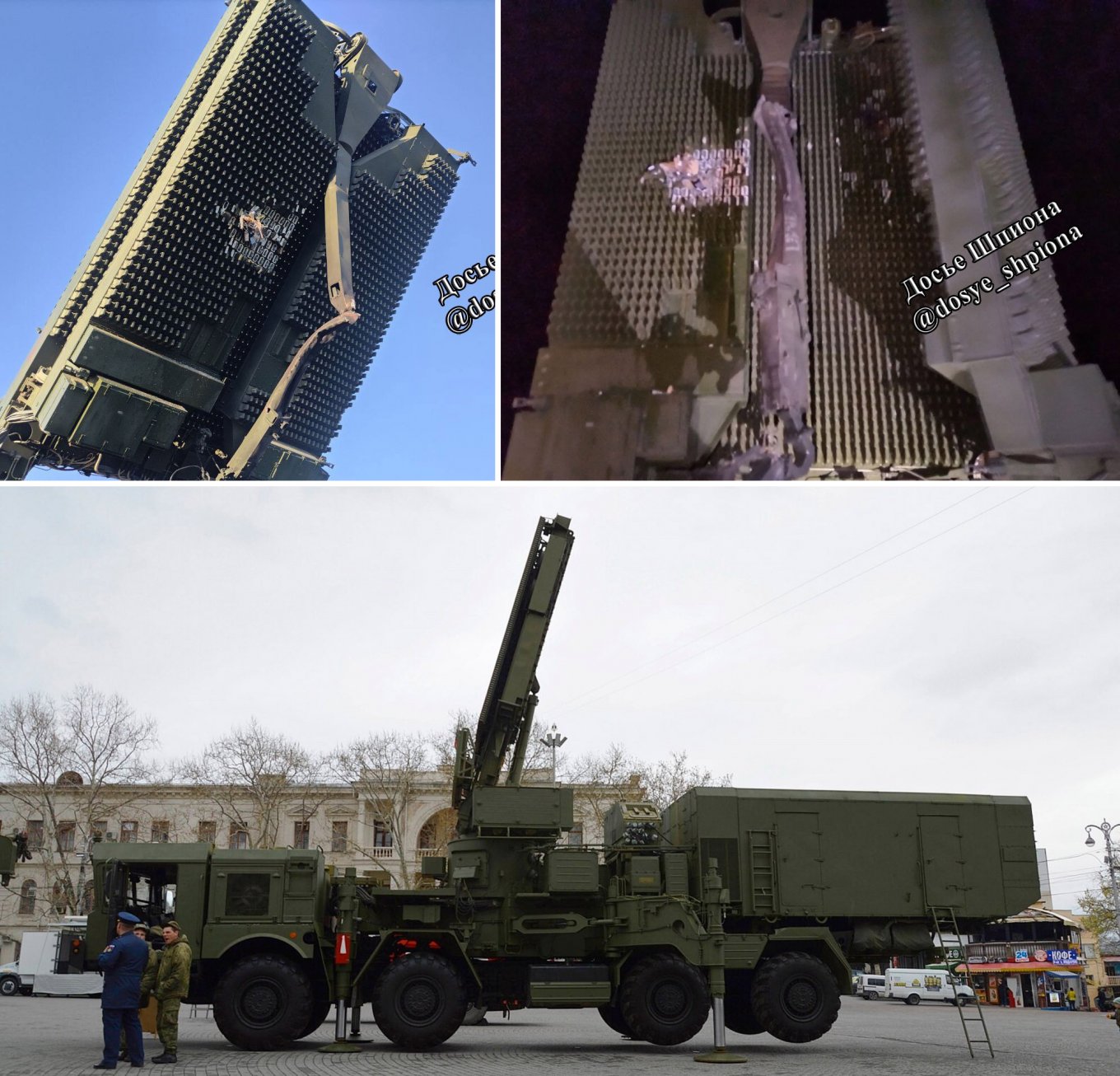
The second is likely a 91N6, or its older variant, the 64N6. This radar is distinguished by its prominent phased-array antenna and serves as the primary long-range surveillance system within the S-400 battalion structure.
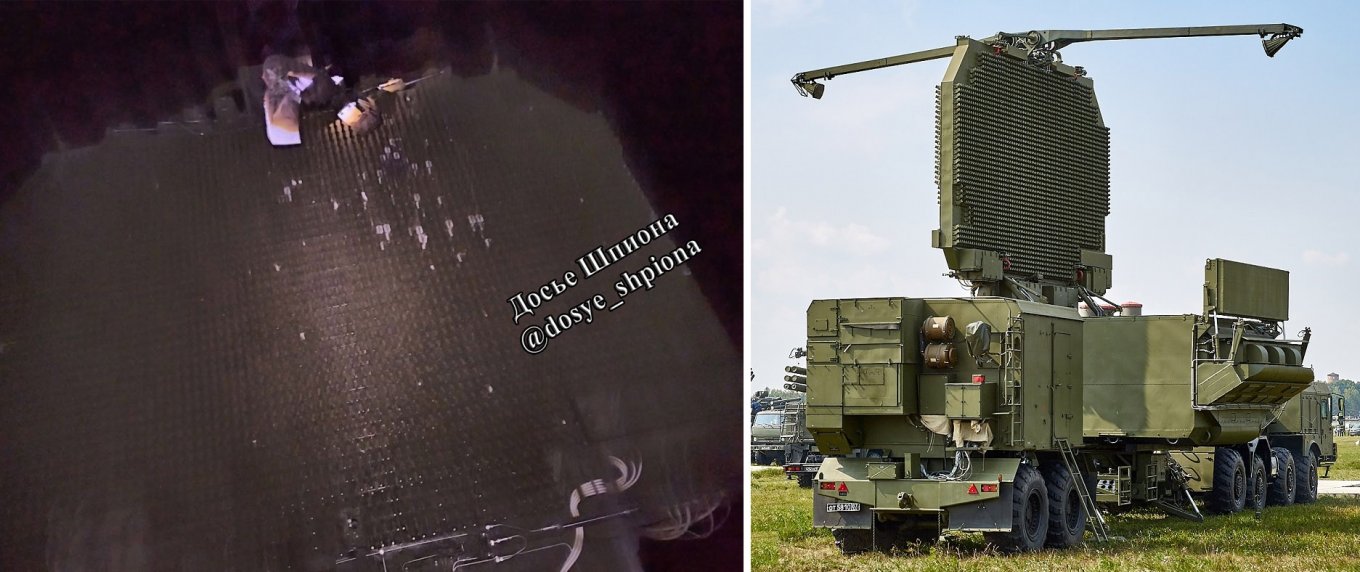
Both radars clearly exhibit damage to their antenna arrays, rendering them non-operational. Repairing such systems requires extensive and specialized work at dedicated facilities.
The exact type of UAV used in this strike remains unconfirmed. However, previous successful attacks on similar targets in Crimea have been attributed to the Prymary unit of the Defense Intelligence of Ukraine. This unit is credited with the destruction of numerous russian radar and air defense systems.
Based on publicly available imagery and debris shown by russian sources, the UAVs involved may belong to the Rubaka class — loitering munitions with a claimed range of up to 500 km and warheads ranging from 2 to 15 kg. As the photos demonstrate, even a 15 kg warhead is sufficient to disable critical radar assets.
Total destruction of such systems would require heavier warheads. Even a highly effective airburst GMLRS round launched from HIMARS typically inflicts only fragmentation damage via tungsten submunitions, often leaving the radars visibly intact. Completely incinerating such targets would require significantly more powerful munitions, such as ATACMS.
Read more: Beyond ATACMS: What Alternatives Does Ukraine Have?




